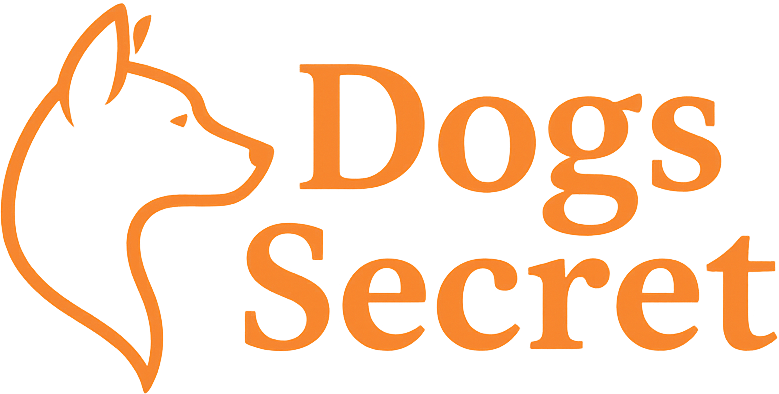Did you know that more than 50% of dogs in developed countries are overweight or obese? While chubby pups might look cute, excess weight is no joke—it significantly increases the risk of diabetes, joint pain, heart disease, and even early death.
In this guide, we’ll break down the truth about dog obesity, how to recognize the signs, and most importantly, how to prevent it with healthy habits, smart feeding, and daily activity.
What Is Considered Obese in Dogs?
A dog is considered overweight if they are 10–20% above their ideal body weight, and obese if they are more than 20% over.
A dog is considered overweight if they are 10–20% above their ideal body weight, and obese if they are more than 20% over.
Signs Your Dog Might Be Overweight
- You can’t feel ribs easily with light pressure
- No visible waist when viewed from above
- Sagging belly or fat deposits on back or neck
- Slower movement or reluctance to exercise
- Panting after light activity
- Behavioral changes (sleeping more, lower stamina)
If in doubt, consult your vet—they can weigh your dog and evaluate their body fat percentage accurately.
Why Dog Obesity Happens
- Overfeeding
Too much food, too many treats, or free-feeding (leaving food out all day) is a leading cause. - Lack of Exercise
Busy schedules, apartment living, or cold weather can reduce a dog’s daily movement. - High-Calorie Treats
Even small bites add up—one biscuit can equal a cheeseburger in dog calories. - Poor Quality Food
Cheap dog foods with fillers and excessive carbs can lead to weight gain. - Neutering/Spaying
Hormonal changes can slightly lower metabolism—adjust feeding accordingly. - Underlying Health Issues
Hypothyroidism or Cushing’s disease may cause unexplained weight gain.
Health Risks of Obesity in Dogs
Carrying extra weight significantly increases the risk of:
- Arthritis and joint degeneration
- Diabetes mellitus
- Heart and respiratory problems
- Skin and coat issues
- Reduced immune function
- Decreased lifespan (by up to 2.5 years)
Preventing obesity is one of the most effective ways to protect your dog’s long-term health.
How to Prevent Dog Obesity
✅ 1. Measure Meals Accurately
- Use a digital kitchen scale or measuring cup—not your eyes
- Follow feeding guidelines on your dog food (adjust for activity level)
- Recalculate calorie needs after neutering or lifestyle changes
Tip: Feed based on ideal weight, not current weight if your dog is overweight.
✅ 2. Limit Treats and Table Scraps
- Treats should make up no more than 10% of daily calories
- Break larger treats into small training bites
- Avoid human food, especially processed or fatty scraps
Choose healthy alternatives like:
- Baby carrots
- Green beans
- Apple slices (no seeds)
✅ 3. Prioritize Daily Exercise
Depending on breed and age, most dogs need 30–60 minutes of physical activity daily.
Ideas include:
- Walks (brisk, not just sniffing)
- Fetch or tug games
- Agility or obedience training
- Puzzle toys for mental stimulation
Even older or small-breed dogs benefit from movement tailored to their needs.
✅ 4. Choose the Right Food
- Opt for vet-approved, high-quality brands
- Avoid excessive carbohydrates and fillers
- Consider weight management formulas if your dog needs to slim down
Consult your vet before changing diets—especially for medical conditions.
✅ 5. Track Progress Weekly
- Weigh your dog regularly
- Take side-view and top-down photos once a month
- Adjust feeding as needed
Consistency is more important than rapid weight loss—aim for 1–2% body weight loss per week.
What to Do If Your Dog Is Already Overweight
- Schedule a vet checkup to rule out medical causes
- Ask your vet for a custom weight loss plan
- Reduce portion sizes gradually (never starve your dog)
- Increase exercise with short, frequent walks
- Stay patient—this is a lifestyle change, not a crash diet
Conclusion
Dog obesity is more than a cosmetic issue—it’s a serious health risk that’s entirely preventable. By feeding smart, staying active, and monitoring your dog’s body condition, you can ensure they stay happy, healthy, and by your side for years to come.
Want a printable feeding tracker or calorie calculator? Visit our Dog Health & Nutrition Hub for tools to help you manage your dog’s weight.

